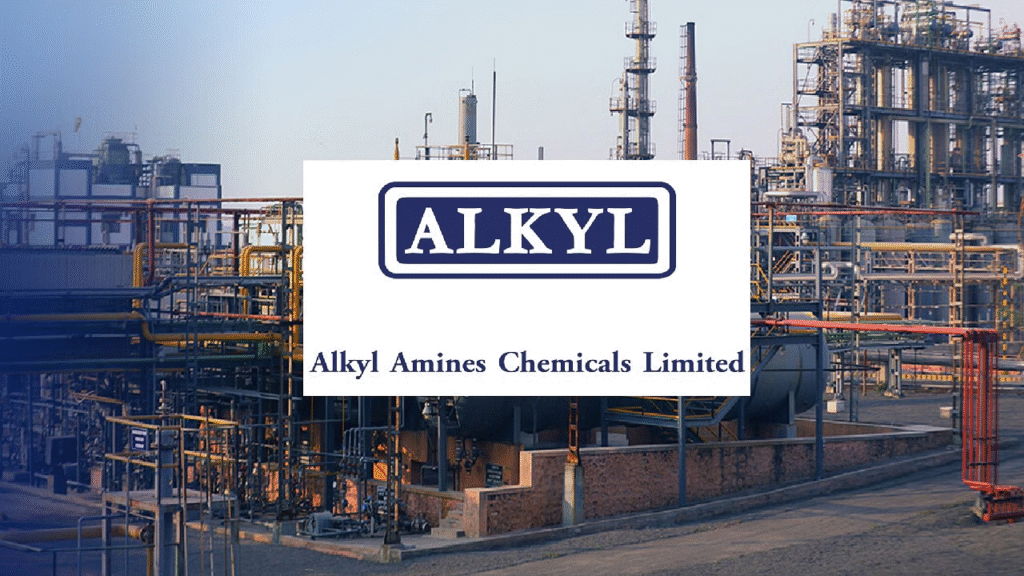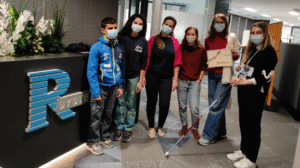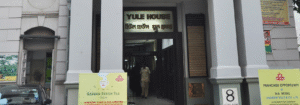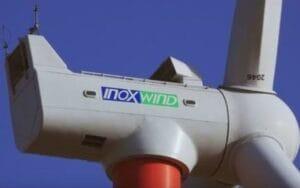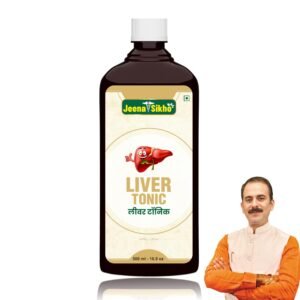1. At a Glance
If you’ve ever wondered who’s behind the chemicals that make your pharma pills pop, your agro sprays sting, and your dyes… well, dye – meet Alkyl Amines. Since 1979, they’ve been turning ammonia into money, minus the smell (hopefully). With over 100 products, global leadership in synthetic Acetonitrile, and the audacity to be theonlyproducer of certain specialty amines, Alkyl Amines is the chemical nerd that became the cool kid at the party. Except this party is on a 110-acre chemical plant in Maharashtra and Gujarat.
2. Introduction
Think of Alkyl Amines as the overachieving cousin in the chemical family – started in 1979 by Mr. Yogesh Kothari, didn’t stop at being an Indian leader, went ahead and told the world, “Move over, we’ve got Acetonitrile and you don’t.”
They operate in the space ofaliphatic amines– a term that would scare off most dinner guests but excite a chemist to dangerous levels. Basically, they take ammonia (NH₃), yank off a hydrogen or two, and replace it with something more interesting like Methyl, Ethyl, or Propyl. End result: products that touch everything from your headache tablet to the shampoo bottle, and even your car paint.
Industry footprint? Pharma, agrochemicals, dyes, surfactants, water treatment, paints & coatings, polymers, personal care – basically everything you can touch, sniff, or accidentally spill.
And they’re not just domestic champions. Sales to USA, Japan, Europe, Middle East, and even Australia – proving chemicals are truly the universal language.
3. Business Model (WTF Do They Even Do?)
Alkyl Amines makes and sellsamines, derivatives, and specialty chemicals– which sounds simple until you realise they operate20+ production plantsacross three mega-sites. Combined annual capacity? A cool1,58,000 TPA. Current utilisation? A polite 60–70% – because why make more when you can keep margins stable and neighbours nervous?
Revenue split FY25:
- Amines & derivatives: 79% (up from 75% in FY23 – the bread, butter, and occasional cheese of the business)
- Specialty chemicals & others: 21% (down from 25% – clearly, the side hustle’s not paying as much)
Geography:
- Domestic 76%
- Export 24% (chemical nationalism is strong here)
Recent capacity bumps include Di-Ethyl Ketone at Kurkumbh and Di-Methyl Amine at Dahej. They also approved a new specialty plant for ₹115–150 crore, aiming for completion sometime between “next Diwali” and “the next Olympics.”
4. Financials Overview
Quarterly Comparison (₹ Cr)
| Metric | Jun 2025 | Jun 2024 | Mar 2025 | YoY % | QoQ % |
|---|---|---|---|---|---|
| Revenue | 406 | 400 | 386 | 1.50% | 5.18% |
| EBITDA | 77 | 79 | 68 | -2.53% | 13.24% |
| PAT | 49 | 49 | 46 | 0.00% | 6.52% |
| EPS (₹) | 9.67 | 9.56 | 9.00 | 1.15% | 7.44% |
Annualised EPS: ₹38.68 → P/E ≈53.5at CMP ₹2,070.Commentary: Revenue growth is flatter than a dosa, but PAT and margins holding up shows discipline. QoQ bounce hints at some volume recovery.
5. Valuation (Fair Value RANGE only)
Method 1: P/EIndustry median P/E ~42. Reasonable band: 40x–50x.FV Range (₹ EPS × P/E): ₹38.68 × (40–50) = ₹1,547 – ₹1,934
Method 2: EV/EBITDATTM EBITDA ~₹289 Cr, Net debt negligible. Industry EV/EBITDA ~24–28x.FV Range: ₹6,936 – ₹8,092 Cr EV → per share: ₹1,360 – ₹1,588
Method 3: DCF(assuming 12% CAGR next 5 yrs, WACC 11%)FV ≈ ₹1,650 – ₹1,900
Consolidated FV Range: ₹1,520 –






